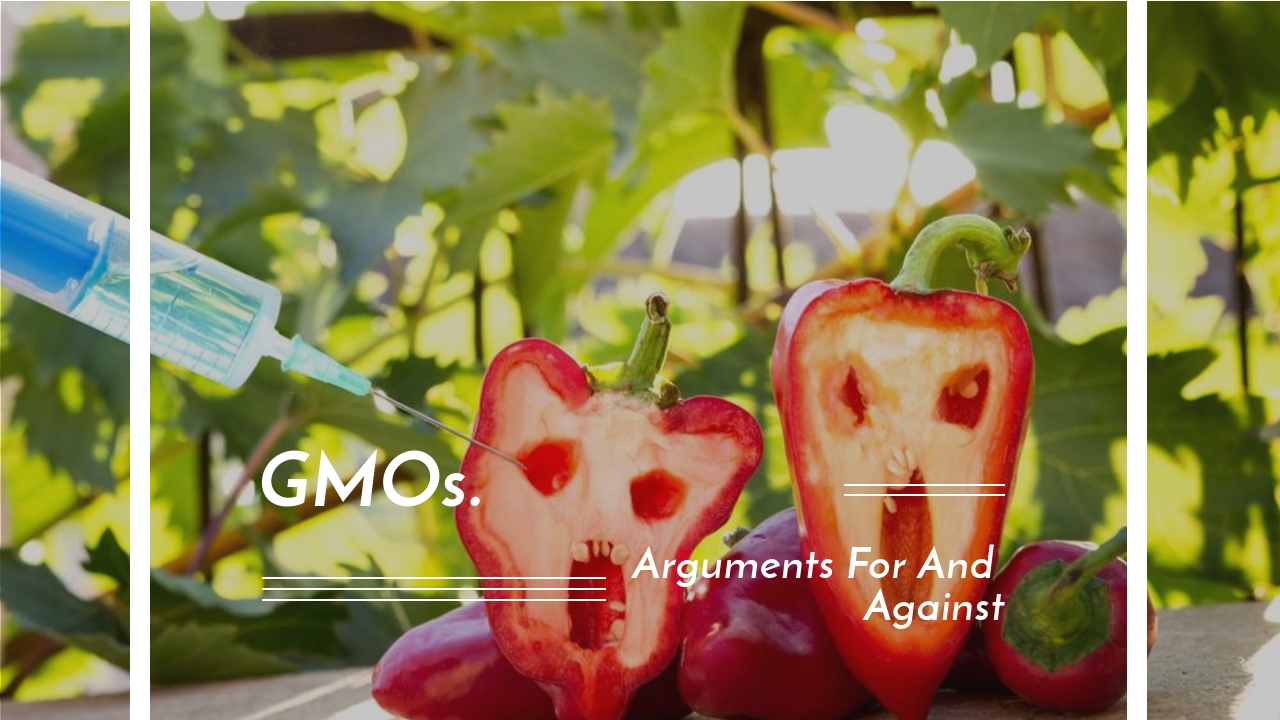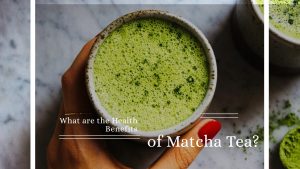If you could save lives by producing vaccines in transgenic bananas, would you? In the debate over large-scale commercialization and use of GMOs, where should we draw the line?
Artificial selection for specific, desired traits has resulted in a variety of different organisms, ranging from sweet corn to hairless cats.
Today, we can incorporate new genes from one species into a completely unrelated species through genetic engineering.
Through genetic modification, scientists can give crops built-in resistance to pests. That means less need for pesticides that are potentially harmful to the environment.
Foods can be genetically modified to improve flavour and texture. In blind tastings, testers regularly rate GM foods higher than naturally grown alternatives. Genetic modification can also give food a longer shelf-life – meaning consumers get fresher taste.
Biotech can make food healthier, giving lettuce a greater concentration of nutrients, reducing starch in potatoes or lowering the saturated-fat content of cooking oils.
But.
GMOs are a serious risk to the environment. Tampering with crops’ genetic makeup impacts down the food chain: scientists say GMO’s have decimated butterfly populations in the United States, or led to birth defects among other animals. By the time we find out the long-term impact, it could be too late.
GMOs increase resistance to antibiotics, making medicines less effective. Fears have been raised over possible links to cancer, reproductive malfunction, digestive disorders.
Natural food tastes better and is better for you. If you want apples that taste like apples, not artificially sweetened super apples.













